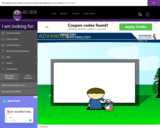
In this animated object, learners examine the major events that occur at the neuromuscular junction.
- Subject:
- Agriculture & Natural Science
- Physiology
- Date Added:
- 10/15/2010

In this animated object, learners examine the major events that occur at the neuromuscular junction.
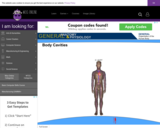
In this interactive object, learners examine the locations of major body cavities and their protective membranes. A drag-and-drop exercise completes the activity.

In this animated activity, learners examine hearing and balance. Detailed drawings of the outer, middle, and inner ear structures are included.
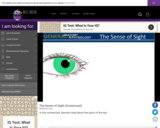
In this animated and interactive object, learners read about the parts of the eye. A short quiz completes the activity.
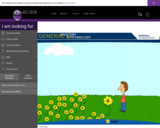
In this animated object, learners trace the olfactory pathway from the nasal cavity to the olfactory cortex.

In this interactive object, learners examine the structure and function of the sense of taste.
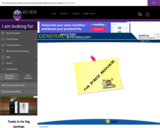
In this animated object, learners read a brief description of the roles of the hypothalamus, emotions, and adrenal secretions during the stress response.

In this animated object, learners examine the various connective tissue layers of the muscle organ. The terms "prime mover," "synergist," "antagonist," "origin," and "insertion" are defined.

In this interactive object, learners examine the neuron pathway into and out of the spinal cord. They complete the activity by testing their knowledge of vocabulary and the location of spinal cord structures.
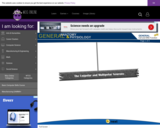
Learners examine the location, structure, and function of the unipolar and multipolar neurons.
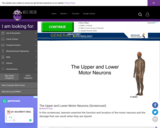
In this animated object, learners examine the function and location of the motor neurons and the damage that can result when they are injured.
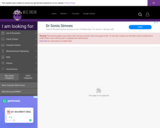
Learners play a vascular system "game" to identify the arteries, capillaries, and veins that make up the renal blood supply pathway. A score is given at the end of the activity.
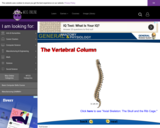
Learners read a brief description of the vertebral column and examine the distinctive features of the cervical, thoracic, and lumbar vertebrae.

The student reviews the structure and function of the different tissues of the human body.
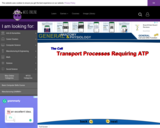
In this animated object, students observe how ATP energy is used to move substances across the cell membrane from an area of lower concentration to an area of higher concentration and when something too large needs to get in or out of a cell.
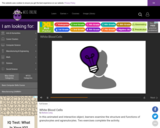
In this animated and interactive object, learners examine the structure and functions of granulocytes and agranulocytes. Two exercises complete the activity.